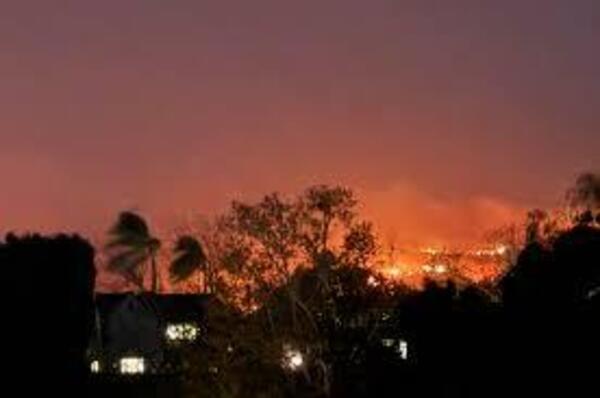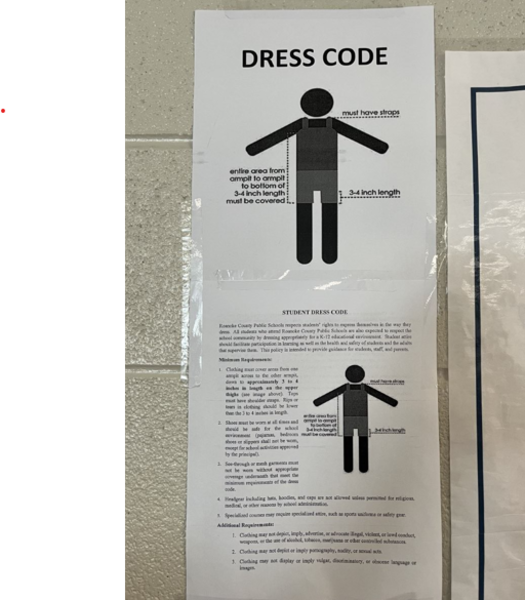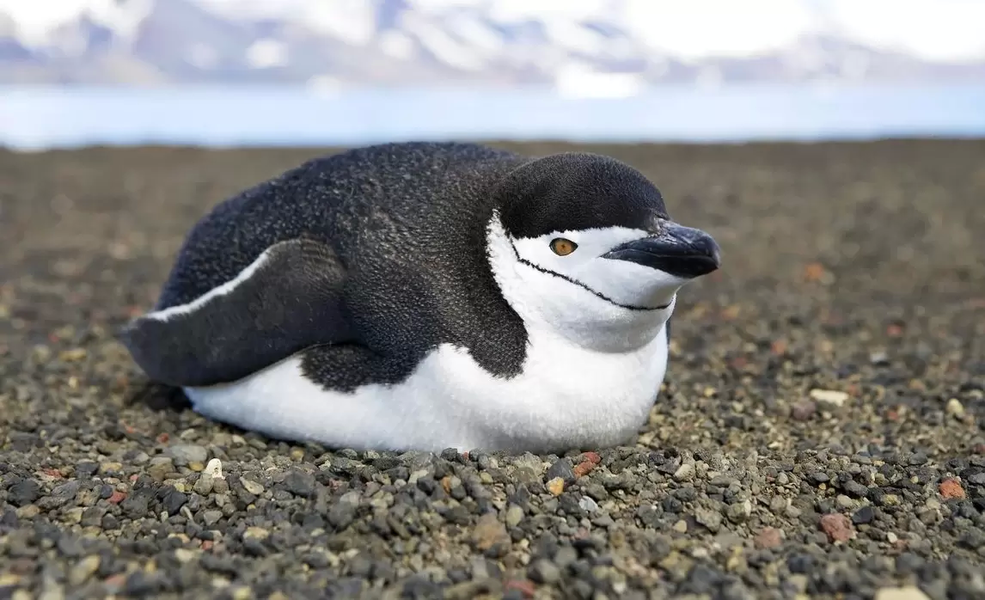Winter gets cold, sometimes, too cold. In the middle of January, it’s hard not to admire the valiant efforts of the penguin who survive and thrive in the most frigid of environments, reaching temperatures as low as –35°C. The habitat of penguins is limited to the Southern Hemisphere. Meaning, those very penguins who we revere for their invincibility to the cold… are in the middle of their balmy beach days!?
Seasons are a feature of Earth that are vital to living creatures. Every location on Earth is subject to seasons. Just like time zones vary, so does the procession of seasons depending on what side of the planet is currently exposed to the most amount of light. As 95% of the human population lives in the Northern hemisphere, it’s quite easy to forget that December, January, and February are summer months in the southern hemisphere!
Likewise, of Earth’s eighteen penguin species, only the Galapagos penguin’s habitat crosses into the Northern Hemisphere. Penguins spend as much as 80% of their lives in water, so you can expect that their lives are an aquatic adventure!
“I think that South Africa is the most unconventional penguin habitat as far as penguins go. You always think of penguins in Antarctica, in the freezing cold, and now you’ve got one lying on the beach with some suntan oil. I like that much better,” says Ms. Fisher, a Hidden Valley history teacher who possesses an impressive knowledge of penguins.
The famous Emperor penguin sums up the stereotypical embodiment of the word penguin. The extremist of the penguin world, these birds live full-time in the Southern Ocean, breeding on ice floats and hatching their young while cruising along Antarctica’s ice.
To survive, Emperor penguins must time the hatching of their chicks just right. Antarctica’s winters can get as cold as –50 degrees with a violent windchill of 200 km per hour! Additionally, large sheets of sea ice form over the winter, separating the inland emperors from the sea beyond.
Of the great dads of the animal kingdom, Emperor penguins are some of the best. While the female of a breeding pair treks 50-120 km to the sea on a quest for food, the male stays behind, risking his health to incubate the egg for 9 weeks. With several layers of feathers and fat, the male can keep the egg up to 70°C warmer than the temperatures outside! The chicks will emerge in August, at the time mom is due to come home. Despite what seems like a harsh life, the chicks have a 95% survival rate! To top it off, these penguins are stellar divers, reaching depths of 700 ft and staying submerged for 18 minutes.
The abilities of the Emperor are phenomenal; it is easy to see how their distinctive lives have shaped our perceptions of the penguin. The Adélie penguin too gives the penguin a fine name indeed. These little troopers have the shortest interval of which to breed and raise their offspring. And yet they manage it, year by year, all while meeting their migratory patterns of the Antarctic coastal waters.
“I am totally picking the eyebrows one. Yes, the Macaroni ones. We are going to exchange hair tips, sit back, and talk about all the other penguins. Look at them! They look like they gossip!” Ms. Fisher exclaimed, describing what penguin species she would go on vacation with.
For a frosty, barren landscape, Antarctica is full of action. Antarctic penguin species have a spectacular sense of fashion.
The Chinstrap penguin, for instance, is ready for any situation. Be it for roller skating or ice skating, the Chinstrap is braced with a feathery false helmet. Chinstrap penguins are little ocean hermits, remaining close to their breeding sites year-round. Like most other Antarctic penguins, they do not reside on the Antarctic peninsula itself, but instead the small islands around it.
Another Vogue contender is the Macaroni penguin. This is the predominant species with flashy yellow eyebrows. The penguin was named by English sailors for their resemblance to the feathered hats worn by folks they referred to as Macaronis in the 8th century.
Life beyond the Antarctica peninsula differs between species. On the southern coasts of Australia, for instance, is the little blue penguin. The little blue penguin is the Earths smallest penguin—as their names imply. One of its defining attributes, of course, is its slate grey coat which gives its feathers a blue hue. These penguins know no place like home, never straying far from their nesting sites. Like avian minnows, the little blues round up in large numbers to avoid predation.
Perhaps the most unique species of penguin is the Galapagos penguin. As stated previously, the Galapagos penguin’s habitat is unique to them. As a southern pole species, penguins do not inhabit the northern pole, for their insulation is too heavy for migration to those regions. The Galapagos Island presents a rare combination: winter-bundled birds in the middle of the sunshine!
The tropical Galapagos are situated by the Humboldt and the Cromwell Currents. The presence of ocean currents changes the climate of the area. The water remains slightly cooler, while also bringing loads of nutrients to the surface. This provides a special place for the Galapagos penguin to call home. These birds nest and raise their young on shore in lava-formed depressions and enjoy a feast of exotic marine creatures underneath the sea.
The penguins have a small total population but are further threatened by climate change. The presence of an El Niño, a pacific climatic condition, drives temperatures upward and prevents upwelling of nutrients from the local currents, resulting in a shortage of prey.
“We’re seeing increasing damage to certain ocean biomes through increasing temperatures and pollution. I say sea life in general is not talked about enough, because we just don’t see them on a day-to-day basis and aren’t as aware that their numbers are dwindling.” Says Mr. Harrison, who has participated in conservational activities and still supports the cause.







































Kerri • Mar 17, 2025 at 9:08 AM
Such a great article Lily!